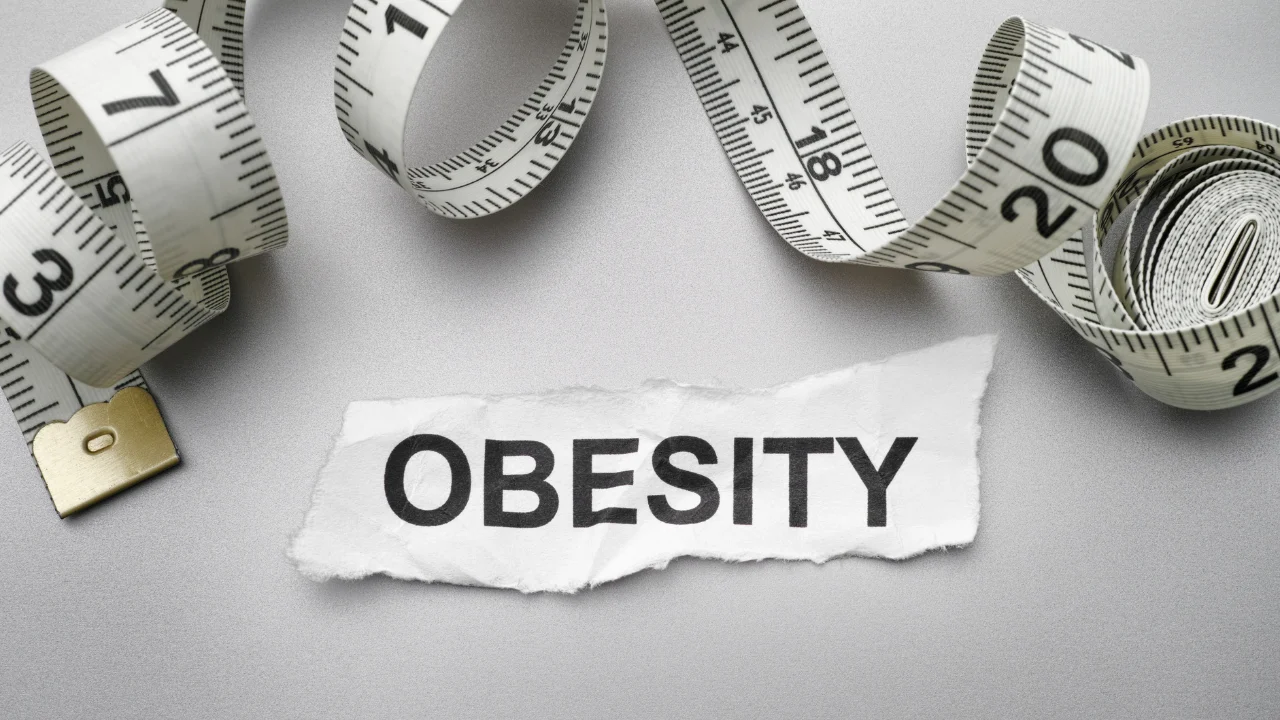
When (and how) obesity can be a compensable injury in NSW workers compensation — and what that means for WPI
Published on October 15, 2025 by Scott Dougall and Jacqueline Pearce
Obesity is increasingly at the centre of workers compensation disputes — not as a “stand-alone” work injury, but as a consequential condition that flows from an accepted work injury (for example, significant weight gain caused by chronic pain, inactivity or medication after a back or shoulder injury).
When the evidence establishes that, on the balance of probabilities obesity has developed as a consequence of an accepted work injury, insurers can be ordered to fund treatment (including bariatric surgery) and, where appropriate, permanent impairment can be assessed for the affected body systems.
The legal foundation: injury vs consequential condition
In NSW, a worker does not need to prove a new “injury” to obtain compensation for a consequential condition. It is enough to show the condition results from the accepted injury in an unbroken chain of causation (the Kooragang common-sense test).
Personal Injury Commission (PIC) decisions regularly apply this approach, relying on authorities such as Kooragang Cement Pty Ltd v Bates and Commission cases discussing consequential conditions including Kumar v Royal Comfort Bedding Pty Ltd [2012] NSWWCCPD 83 and Moon v Conmah Pty Limited [2009] NSWWCCPD 134. 18
Recent NSW cases recognising obesity/weight-gain as compensable
- Williams v Secretary, Department of Justice [2024] NSWPIC 185 – The worker’s morbid obesity was accepted as a consequential condition arising from his injuries, and bariatric (sleeve) surgery was held to be reasonably necessary medical treatment under s 60. The Commission emphasised the causal sequence: injury → reduced activity/pain/medication → excessive weight gain → need for surgery.
- Corton v Nariment Pty Limited t/as The Oakes Bakery [2020] NSWWCC 3 – The PIC (then WCC) ordered the employer to fund lap sleeve gastrectomy, finding the surgery was reasonably necessary as a consequence of consequential weight gain after a thoracic spine injury.
- Prasad v Compass Group B & I Hospitality Services Pty Ltd [2023] NSWPIC 108– Summarises a matter where excessive weight gain after neck/shoulder injuries led to the need for gastric sleeve surgery, again assessed under the “reasonably necessary” test in s 60.
Take-away: The Personal Injury Commission consistently accept that clinically supported post-injury weight gain/obesity can be a compensable consequential condition, and that bariatric surgery may be funded where it is reasonably necessary as a result of that condition.
Where whole person impairment (WPI) comes in
The AMA5 and Workers Compensation Guidelines govern the method of assessment — but there’s no “WPI for obesity” itself
Whole person impairment (WPI) in workers’ compensation is a medical assessment that measures the permanent, long-term loss of function from a workplace injury, stated as a percentage of the whole person. This percentage is calculated by a medical specialist after the condition has stabilised and is used to determine eligibility for compensation, including lump sum payments.
Permanent impairment in NSW is assessed using AMA5 as modified by the NSW Workers Compensation Guidelines for the Evaluation of Permanent Impairment. The Guidelines adopt AMA5 “in most cases” and set out body-system-specific methods.
Obesity itself is not rated as a discrete impairment in AMA5; instead, assessors rate the body systems affected (e.g., musculoskeletal, respiratory/sleep, cardiovascular/endocrine, gastrointestinal), and combine the results.
How obesity can affect the WPI outcome
- Consequential conditions produce rateable impairments in the relevant system (e.g., obstructive sleep apnoea under respiratory; knee/hip degenerative changes under lower extremity; diabetes or hypertension under the relevant chapters), provided the evidence supports causation back to the original work injury.
- Scarring (TEMSKI) from any necessary surgery (including bariatric surgery) is assessed and combined with other impairments according to the Guidelines.
- Deductions for pre-existing conditions (s 323): assessors must identify and deduct the proportion of impairment due to pre-existing disease/abnormality. The Guidelines require clear reasoning where a pre-existing factor (which may include long-standing obesity) contributed to the impairment.
Practical example
If a worker’s accepted shoulder and spine injuries lead to chronic pain, inactivity and medication-induced weight gain, resulting in Obstructive Sleep Apnoea and worsening knee osteoarthritis, WPI is not for “obesity”; it is assessed for sleep disorder, lower extremity impairment, any spinal impairment, and surgical scarring, with appropriate deductions for pre-existing pathology — all combined per the Guidelines.
Evidence that makes (or breaks) these claims
- Functional narrative: before/after weight, activity levels, medication timeline, failed conservative measures.
- Treating specialist opinions: linking the injury to reduced mobility/pain and subsequent weight gain and explaining why bariatric surgery is reasonably necessary now (cost-benefit, risks, alternatives). Cases ordering surgery typically had clear, uncontradicted treating evidence.
- Independent medical evidence: addressing causation to the consequential condition, not just to the original injury. The PIC has criticised opinions that ignore the consequential pathway.
- AMA5/Guidelines-compliant impairment reports: system-specific ratings, correct combination, and transparent s 323 deductions.
Key takeaways for workers and referrers
- Yes, obesity/major weight gain can be compensable in NSW — not as a primary “injury”, but as a consequential condition flowing from an accepted work injury.
- Bariatric surgery can be funded under s 60 where reasonably necessary as a result of that consequential condition; multiple PIC decisions have ordered it.
- WPI is assessed for the affected body systems, not for “obesity” itself. Scarring from surgery is also rateable.
- Causation and evidence are critical: document the chain from injury → inactivity/pain/medication → weight gain/obesity → new conditions/need for surgery.
Need help with a potential claim?
If post-injury weight gain is impacting your health or your doctors have mentioned weight-loss surgery, we can review your medical evidence, engage the right specialists, and pursue the treatment funding and permanent impairment entitlements you may be owed under the NSW Workers Compensation scheme.
This article was published on 15 October by Carroll & O’Dea Lawyers and is based on the relevant state of the law (legislation, regulations and case law) at that date for the jurisdiction in which it is published. Please note this article does not constitute legal advice. If you ever need legal advice or want to discuss a legal problem, please contact us to see if we can help. You can reach us on 1800 059 278 or via the Contact us page on our website. If you or a loved one has been injured, use our Personal Injury Claim Check now.
Disclosure and important note: This article is based on our own legal research and thinking. Some of its content has been generated with the assistance of artificial intelligence. The authors have checked and approved this article, including the AI generated content, for publication.

